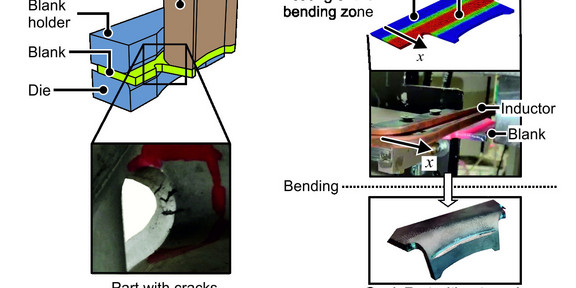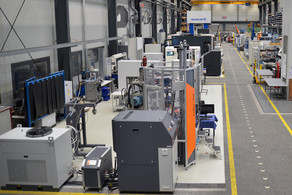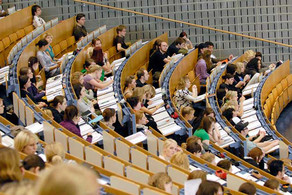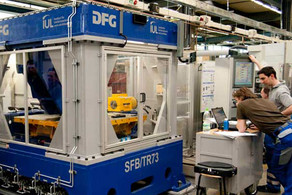Increasing the Forming Limits by Heat-Assisted Bending below the Recrystallization Temperature
- Profil- und Blechumformung
- RECIMP
- Technologieentwicklung
- Industrienahe Forschung

| Funding | ReCIMP |
| Contact | Manish Chowdary Ghattamaneni M. Sc. |
Formability of metallic materials is limited. Common practice is to extend the forming limits by hot forming above the recrystallization temperature. A significant disadvantage of this method is that the initial microstructure is altered by heating. As a result, the properties of the heated material deviate from those of the initial material. The aim of this project is to extend the forming limits of press-hardenable manganese-boron steel sheets by providing temperature support below the recrystallization temperature without causing an undesirable change in the initial microstructure. Thus, hardening of the components after the bending step is still possible. In the case of the investigated component geometry made of manganese-boron steel cracks occur during bending at room temperature (RT) at the outer bend (see Figure a). To avoid these cracks, the bending step is preceded by local induction heating of the bending zone to the temperature THeating (see Figure b).







![[Translate to English:] [Translate to English:]](/storages/iul-mb/_processed_/0/f/csm_Forschung1_2880x640_patrick_7b98a9cf47.png)